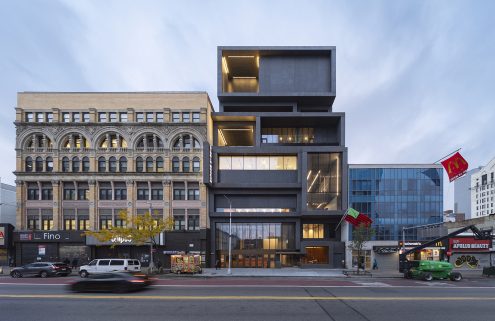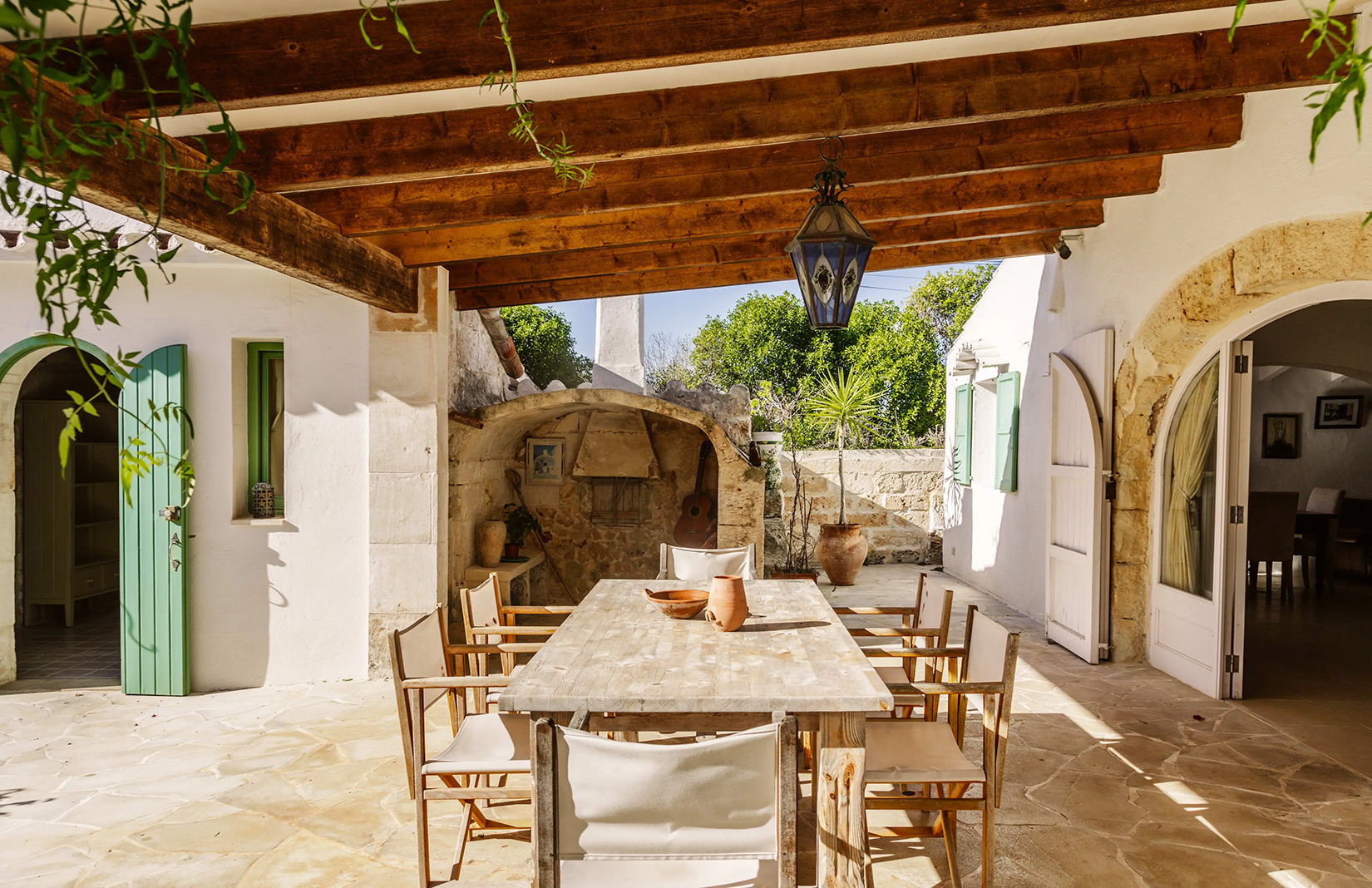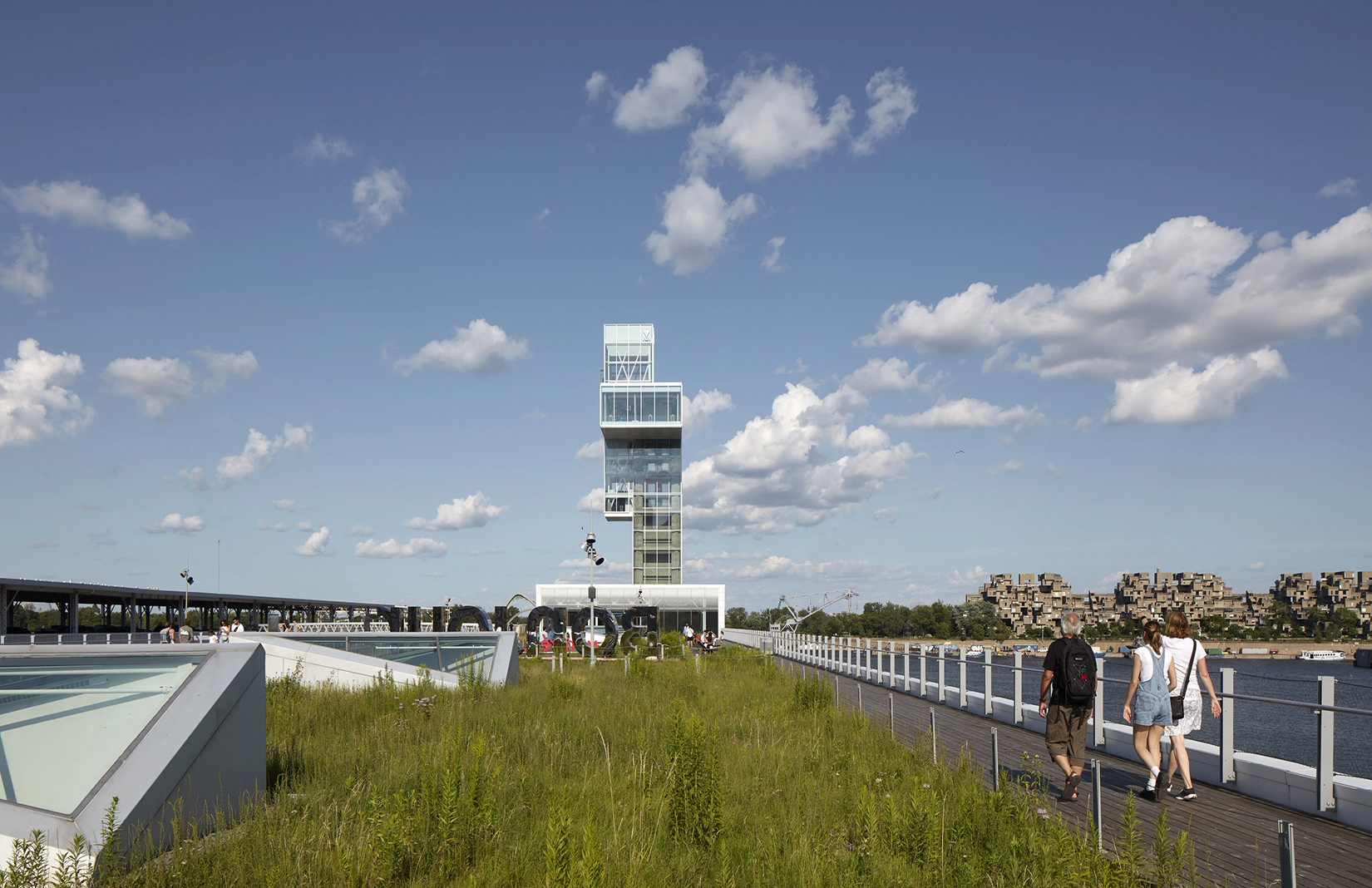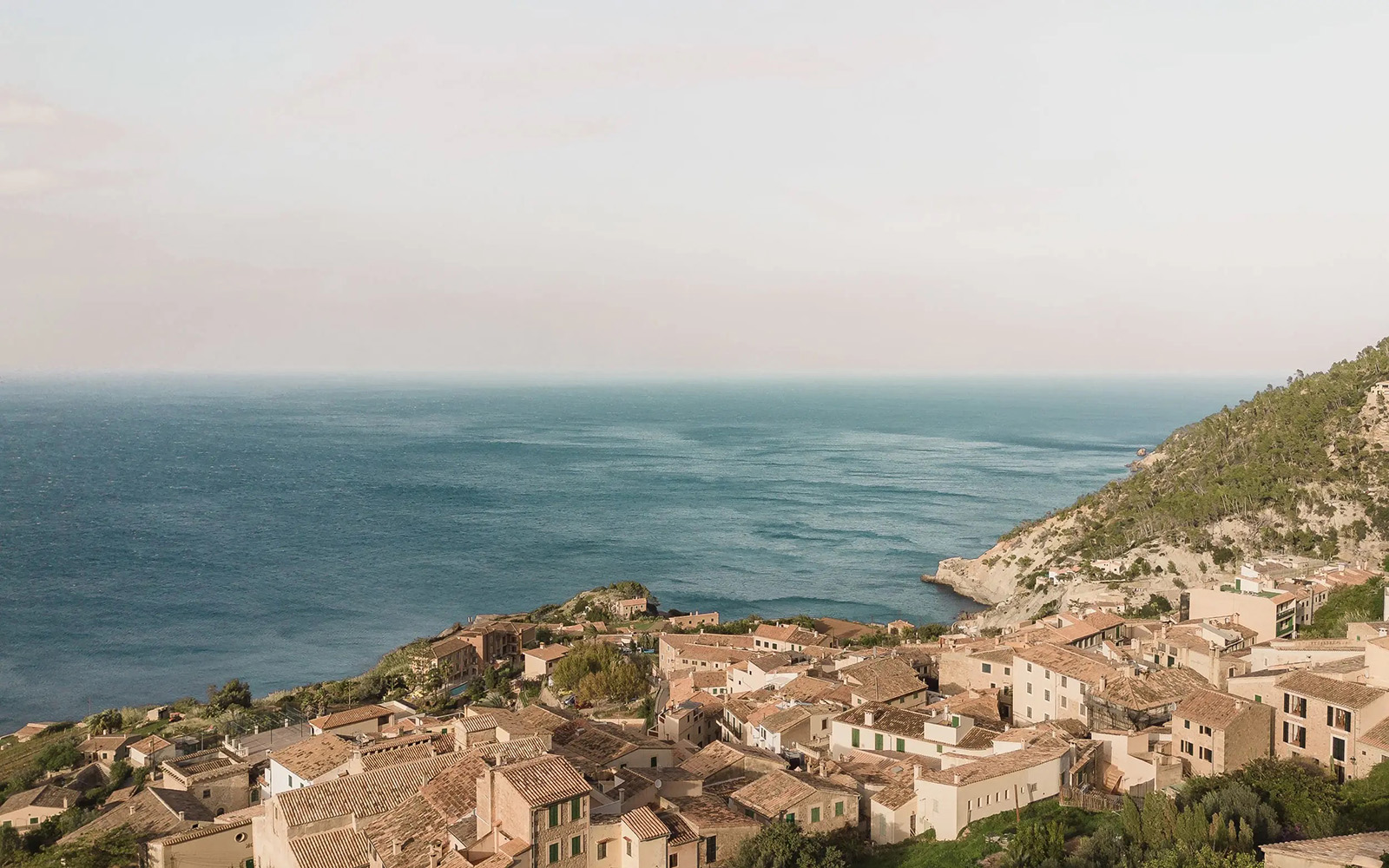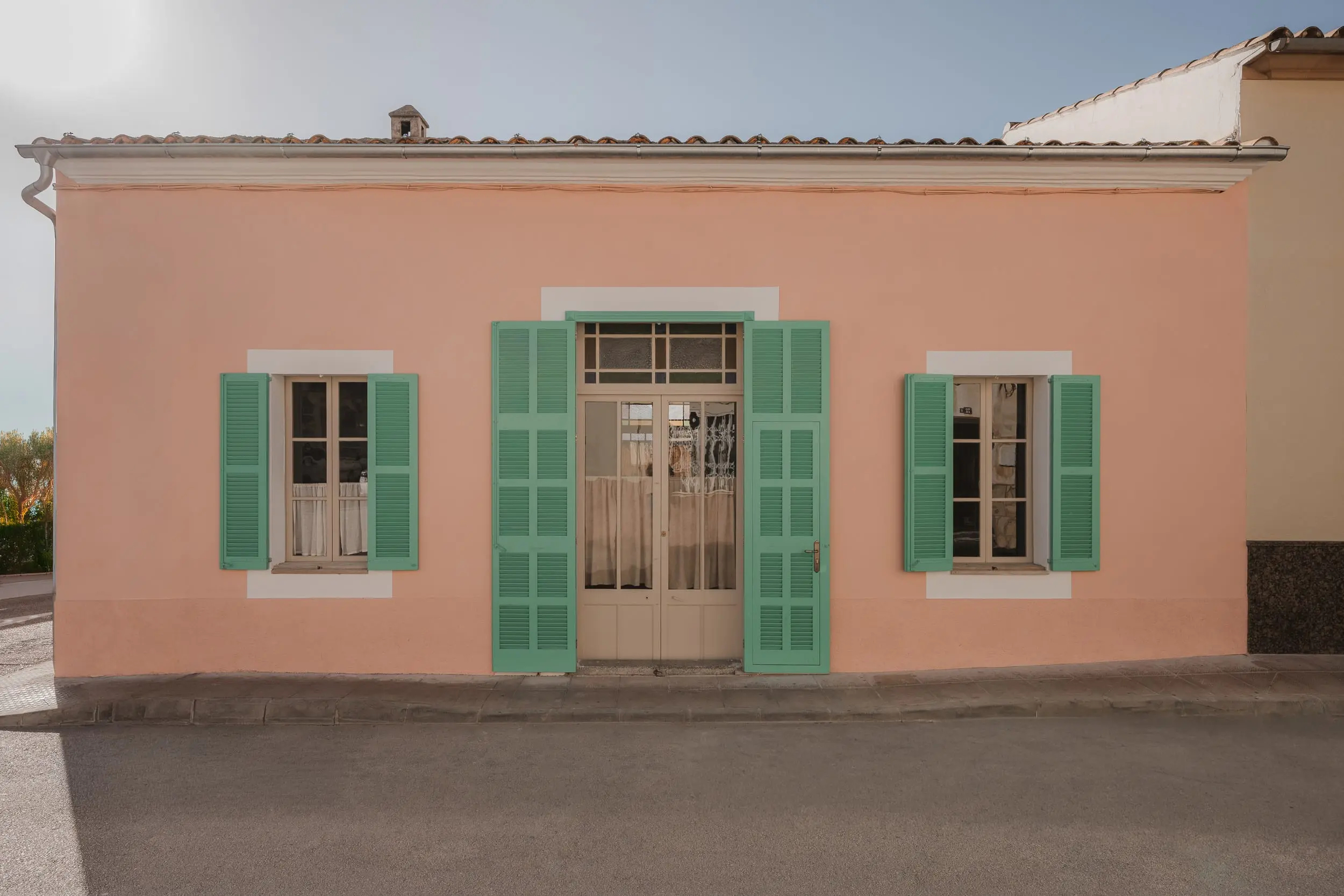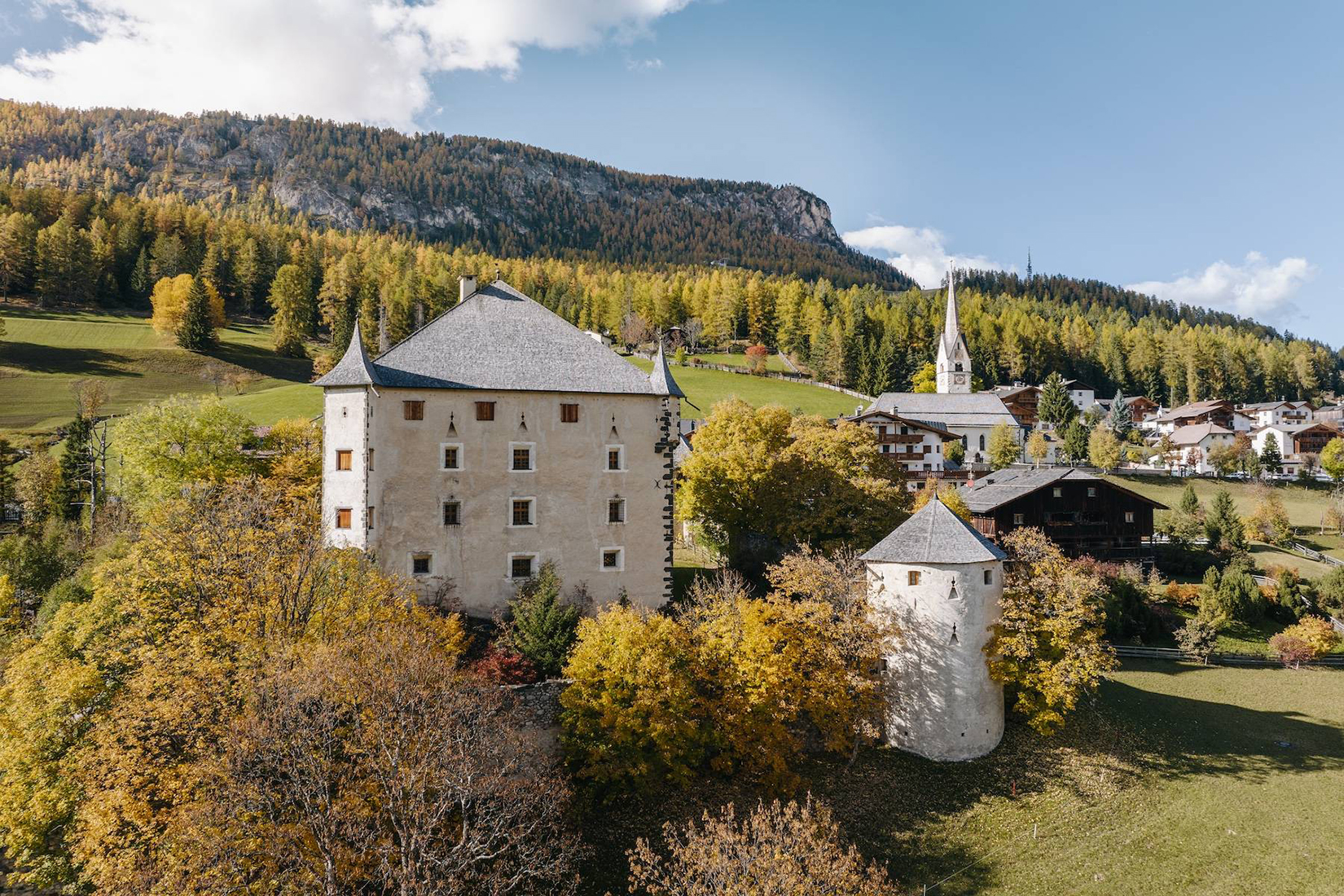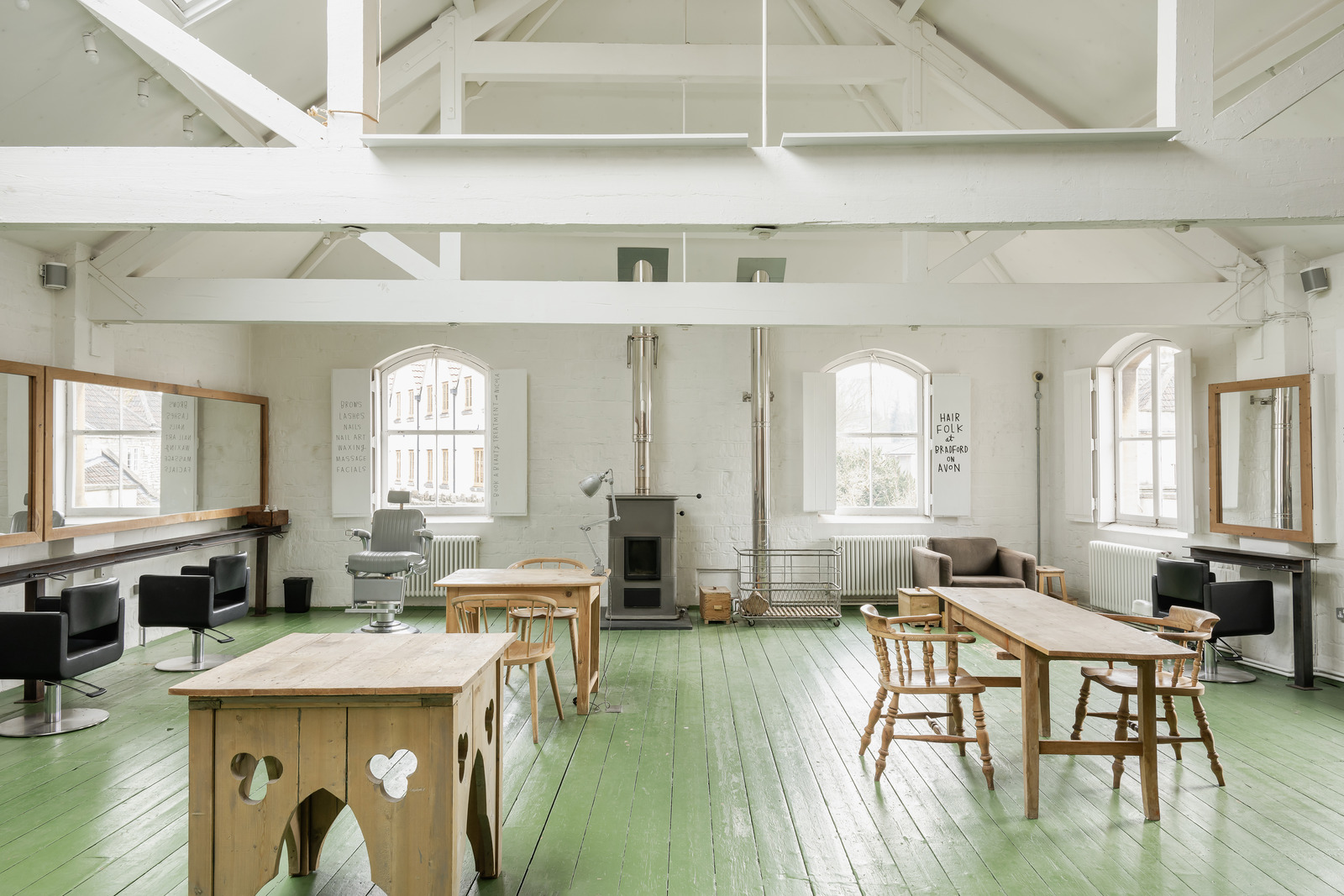Everyone is talking about the weather. And not the humdrum, rain-or-shine category of meteorology usually confined to the realms of small talk. The conversations in question relate to the extreme, climate-related patterns fuelling excessive rainfall, increased storm surges and devastating floods across the globe.
Growing in frequency and severity, extreme weather events are forcing global communities to think hard and fast about how they can protect themselves from the ever-burgeoning impact of climate change.
For some, the result has been the design and delivery of innovative new flood and storm defence systems that double up as public realm. From the 10-mile barrier currently under construction along the coast of Lower Manhattan, which will provide the foundations and infrastructure to deliver community spaces, High-Line inspired elevated parks and public lidos, to the Danish flood-defence system that integrates a nature reserve, there is a lot to be said for protection that incorporates placemaking.
Referred to as ‘hedonistic sustainability’ by Bjarke Ingels, founder of global design practice Bjarke Ingels Group (BIG), which is behind the Lower Manhattan storm defence project, the big question is whether such ambitious, costly projects are replicable across the globe. And not just in cities and regions with the resources to deliver them.
Countries including Bangladesh, Pakistan and South Sudan have, along with many others, been left devastated by climate-related storms and floods, which have impacted the lives of millions of people this year alone. And last month, the World Meteorological Organization (WMO) reported that Africa faces a ‘disproportionate burden from climate change and adaption costs’.
So, how are projects that align with Ingels’ hedonistic take on sustainability being delivered, trialled, tested and delivered around the world? And can they be transferred to cities and regions where resources are limited but help is desperately required?
The BIG U

BIG Group’s BIG U—the $2.7bn storm barrier currently under construction around the coast of Lower Manhattan—is a prime example of what can be achieved when a major global city is directly impacted by a societal issue as widespread as climate change.
Before 2012, there wasn’t much of a plan in place to protect New York from severe weather despite Lower Manhattan being particularly vulnerable thanks to its low-lying topography and a coastline, quite literally, open to the elements in the face of rising sea levels and more frequent storm surges. When Hurricane Sandy hit that year, flooding 17% of New York City, it completely changed the way the US federal government responded to disaster.
The result was a competition, launched just eight months after the superstorm, to find and partially fund innovative solutions to protect the city. Dutch design company BIG’s winning design is a towering, U-shaped barrier ‘like the hull of a ship’, which will double up as public parks landscaped with salt-tolerant flora, walkways and even a ‘reverse aquarium’. Other stretches of the 10-mile project will see flip-down gates act as canopies to cover the coastal path and provide shelter for outdoor markets when open. When closed, they will become a barrier against storm damage, flooding and heavy snow.

The placemaking element of the project has made funding more easily accessible: the federal government’s allocation of $335m to finance the construction of phase one was contingent on the project also achieving access improvements, community-orientated programming and ecological enhancement. It has also sped up delivery by getting the right people on the same page—and in the same room—much faster than one might expect.
‘Previously it would have been difficult to imagine the New York City departments of parks, transportation, environmental protection, economic development, planning, design and construction working together on a project in a very seamless way,’ says BIG associate and BIG U project lead Jeremy Alain Siegel. ‘But Hurricane Sandy really required that they do.’
The BIG U is not the only storm resiliency project working to elevate public realm and community space. Architects in Denmark—often cited as the world leader in flood prevention—have been working on everything from design practice Tredje Natur’s floating car parks (to prevent urban flooding) to architecture studio CF Møller’s flood defence system that doubles up as a nature park, revealed last month. The project comprises retention pools and a pumping station running alongside elevated public walkways while the site’s grassland has been transformed into wetlands, better able to absorb stormwater.
A replicable model?

Tredje Natur’s ‘Pop Up’ concept sees a car park sunk into a hole in the ground atop a basin. During flash-flooding, the basin fills with water, pushing the car park above ground level. Dense cities such as Tokyo are building large underground cavities to defend against flooding without taking up usable street-level space. The car park supports a spiralling vertical garden. Credit: Tredje Natur

The car park and public space are set at street level during regular weather. Its floating mechanism is only activated during extreme flooding. Credit: Tredje Natur

Credit: Tredje Natur
So, are these models and innovations replicable? Yes. Are they replicable for all at-risk cities and regions? Especially in parts of the world without access to significant investment? That’s where it gets more complicated.
While BIG recognises the importance of the ‘essential replicability’ of its BIG U scheme and has made a toolkit available to help other cities apply similar strategies, it will largely be of use to urban hubs with resources to implement the ideas and concepts. Cities like Bangkok, Venice, Dhaka, and Miami are all currently investigating flood and storm defence systems. But, unless the level of collaboration, investment and philanthropic backing that is driving projects like those in New York and Denmark can be rolled out on a global scale, it is hard to see how costly projects like this could come to fruition in some of the world’s poorer at-risk regions.

It is to be celebrated that so much work is being done and, crucially, shared. And that so much research, testing and trialling into the future of flood defences and storm resiliency has been facilitated and backed by cities that can afford to do so. However, the next step must be to find a way to broaden the reach of these projects to the areas that so urgently need them.
Read next: Future Cities — these urban hubs are attracting the best tech talent


